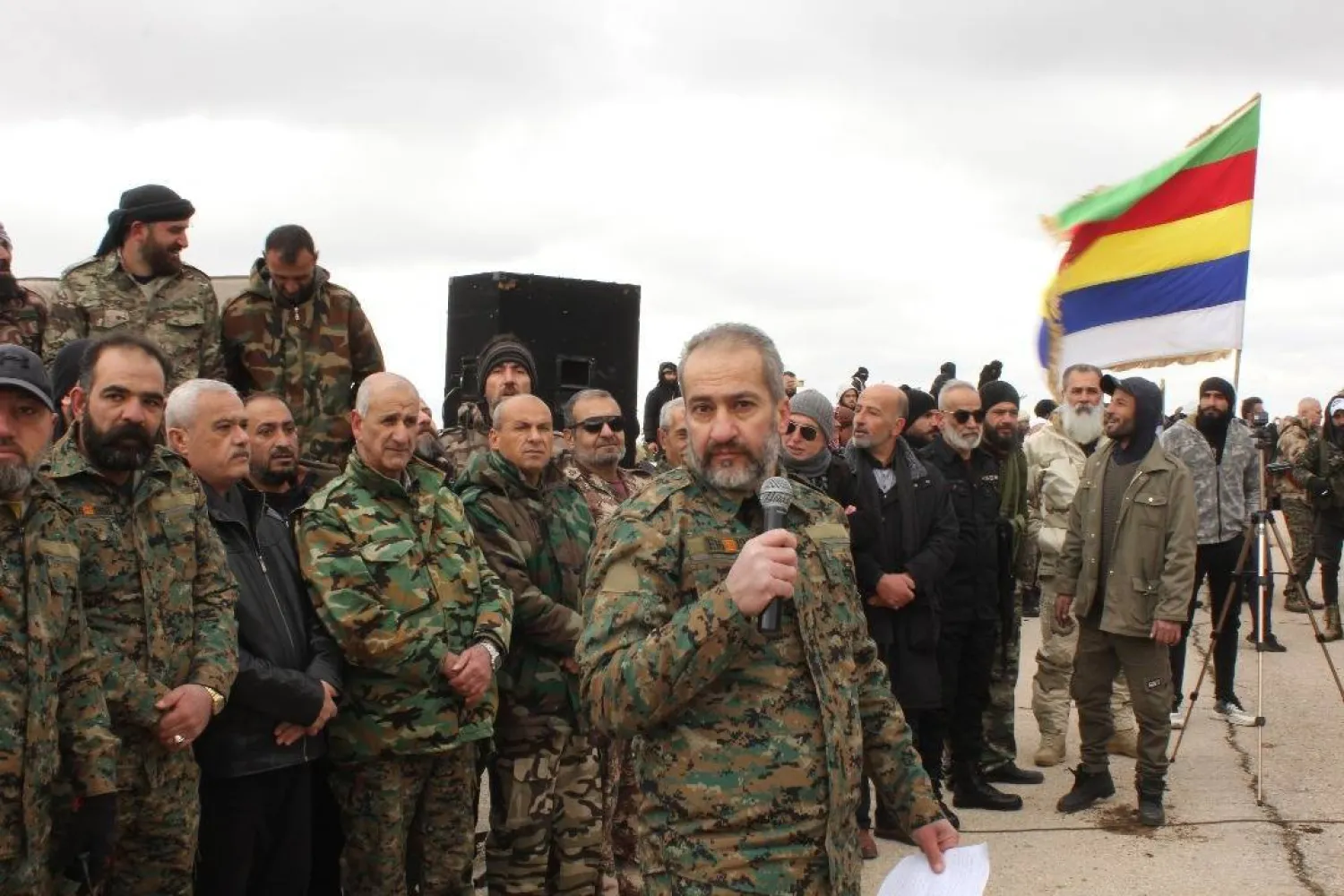In a crowded regional and international landscape shaped by overlapping security, strategic, economic, and political pressures, the administration of US President Donald Trump has moved since its return to the White House in January 2025 to recalibrate its approach to Syria.
After years of US policy marked by hesitation and competing agendas, particularly under the administrations of Barack Obama and Joe Biden, Washington is now pursuing a more direct and openly pragmatic course, one focused on achieving tangible results on the ground and managing delicate balances, rather than ideological commitments or long-term strategic gambles.
The shift reflects profound changes inside Syria itself, led by the collapse of the former regime and the emergence of a new government seeking to consolidate domestic legitimacy and secure international recognition.
These developments coincide with the persistent threat posed by ISIS, a retreat in Iranian influence, and the expanding regional roles of Saudi Arabia, Türkiye, and Qatar.
Within this evolving landscape, Washington is repositioning its policy in line with what officials describe as Trump’s Middle East doctrine, centered on enforcing stability, limiting the costs of direct military involvement, and opening pathways for reconstruction, development, and investment.
Interests before ideology
Commenting on this shift, Firas Fahham, a researcher at the Abaad Studies Center, said President Trump’s policy toward Syria could be described as “decidedly pragmatic,” focusing primarily on international and economic interests while setting aside the ideological or intellectual background of Syria’s new government.
Fahham said the central pillar of the emerging convergence between Washington and Damascus was preventing the return of Iranian influence to Syria, a goal that sits at the top of the current US administration’s priorities.
He added that this approach could not be separated from the positions of Arab states allied with the United States, which have openly supported the new Syrian government, led by Saudi Arabia, followed by Türkiye and Qatar.
Fahham said the Trump administration had shown a willingness to respond to these positions, viewing them as a key foundation for rebuilding regional alliances.
Comparing the approach with previous administrations, Fahham said the policies of Obama and Biden had been closer to allowing Iran a free hand in the region and supporting minority influence, particularly through close cooperation with the Syrian Democratic Forces, known as the SDF.
He said this had complicated the landscape and weakened prospects for establishing a strong central state capable of maintaining security and preventing the return of extremist groups.
From Riyadh to Washington...turning points
Fahham traced key milestones in Trump’s new policy, saying the starting point came during meetings held in Riyadh in June, when the US president, at the request of Saudi Crown Prince Mohammed bin Salman, announced the lifting of sanctions on Syria.
He described the move as the first positive signal from Washington toward Damascus. This was followed by a trilateral meeting bringing together Trump, the Saudi Crown Prince, and Syrian President Ahmed al-Sharaa, during which the US president offered notable praise for his Syrian counterpart, reflecting Washington’s desire for political openness.
The most important moment, Fahham said, came at the Washington summit held in November, when Trump received President al-Sharaa at the White House in what he described as a pivotal turning point.
Following the meeting, the US administration began concrete efforts to pressure Congress to repeal the Caesar Act, while announcing Syria’s inclusion in the international coalition against ISIS.
This, Fahham said, shifted the relationship from limited coordination to something resembling an alliance.
The SDF and the future of eastern Syria
On the issue of the Syrian Democratic Forces, Fahham said the Trump administration was dealing with the matter from a strictly practical standpoint, balancing its interests with Syria’s new government, reflected in reduced support for the SDF compared with the Biden era, and its interests with its Turkish ally.
Washington, he said, now views Damascus as the most effective actor in the fight against ISIS.
This assessment, he said, was based on recommendations from US research centers. They concluded that previous reliance on the Kurdish component alone, and practices associated with it in eastern Syria, had created a sense of grievance that ISIS later exploited for recruitment.
As a result, the administration became convinced that cooperation with Damascus was more effective.
In a related context, Fahham said Washington viewed Israeli incursions in southern Syria with dissatisfaction, considering them destabilizing and contrary to Trump’s vision for regional development.
The United States, he added, fears that weakening the Syrian government could reopen the door to renewed Iranian influence and ISIS activity.
As for the southern province of Sweida, Fahham said the US administration supports integrating the province into the state, citing remarks by US envoy Tom Barrack, who stated that decentralization had failed in the Middle East, reflecting a preference for backing a unified Syria.
A parallel reading from the military establishment
From another angle, researcher on armed groups Raed al-Hamed offered a complementary reading of the US position.
He said that although Trump, during his first term, had moved toward withdrawing forces and ending the partnership with the SDF, warnings from senior military commanders about a possible ISIS resurgence after the battle of Baghouz in March 2019 prompted him to keep about 2,000 troops in Syria.
Al-Hamed noted that the partnership with the SDF dated back to the battle of Kobani in 2015, when Washington relied on the group as a ground force.
However, he said the new policy following the fall of Bashar al-Assad’s regime and Syria’s entry into the international coalition was now based on refusing to recognize any independent entity east of the Euphrates and rejecting federal formulas similar to Iraq’s Kurdistan region.
Al-Hamed said the new policy offered no real US guarantees to the SDF in the face of Türkiye and coincided with pressure to integrate the group into Syria’s military and security institutions, in line with the vision of the Syrian government, which rejects any armed presence outside the framework of the state.
This, he said, is still rejected by the SDF as the deadline approaches for implementing the March agreement with the government in Damascus, scheduled for the end of this year.
Overall, the Syrian scene appears to have entered a pivotal phase that goes beyond traditional conflict equations, laying the groundwork for a new reality governed by the language of interests and reciprocal security arrangements.
While Washington and its regional allies, particularly Riyadh and Ankara, are betting on the ability of the new leadership in Damascus to impose stability and end years of chaos, observers say the success of this path will depend on developments on the ground in the coming months.
The ability of the “new republic” to balance the demands of internal reconciliation with the conditions of external alliances will be the decisive test in determining whether this turn truly marks the opening chapter of an end to years of US hesitation in the region.









